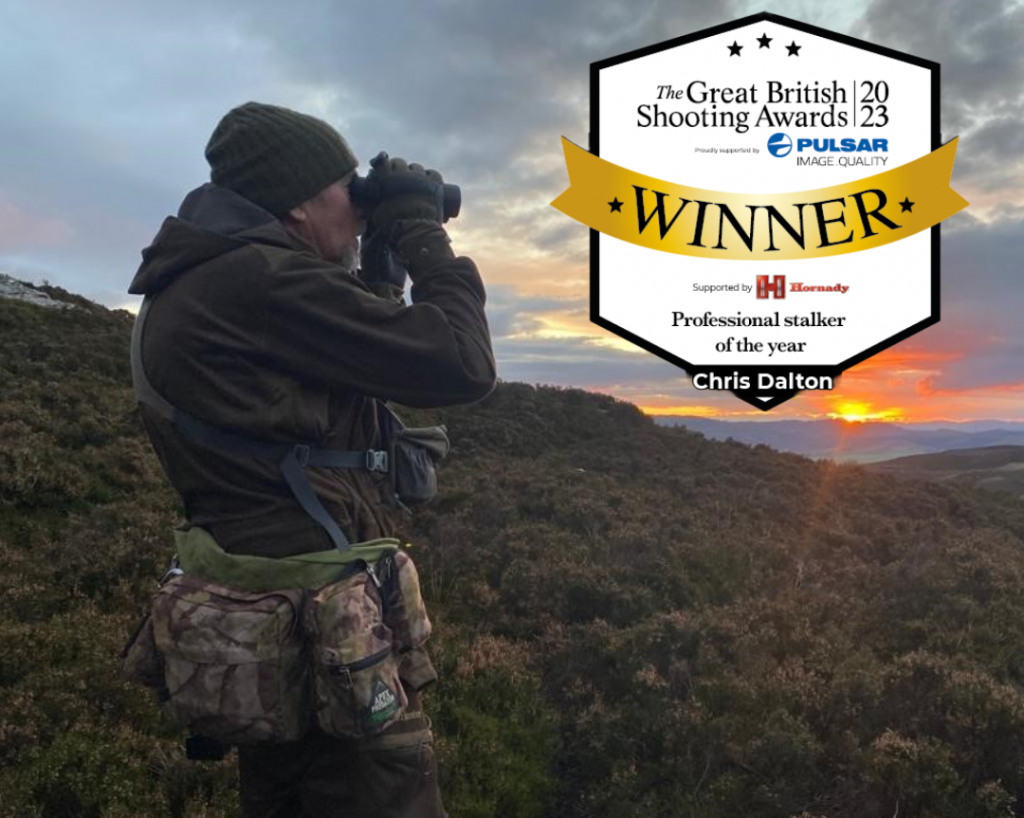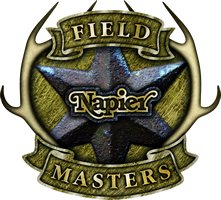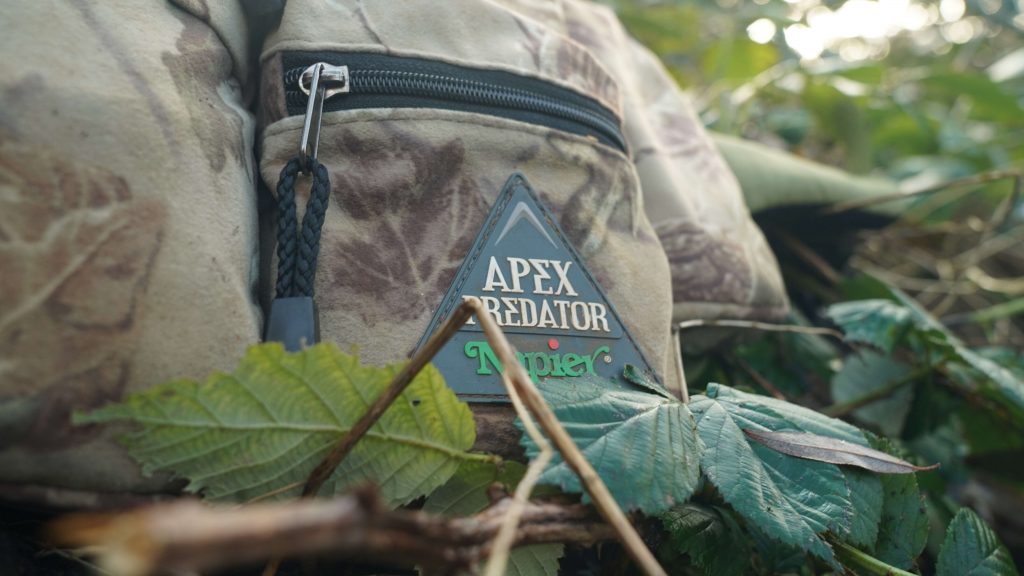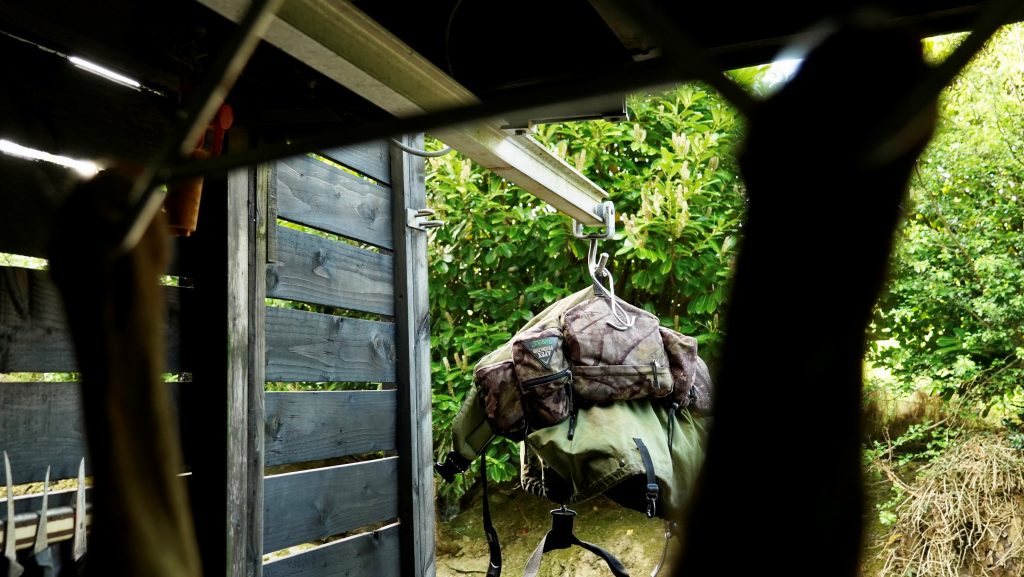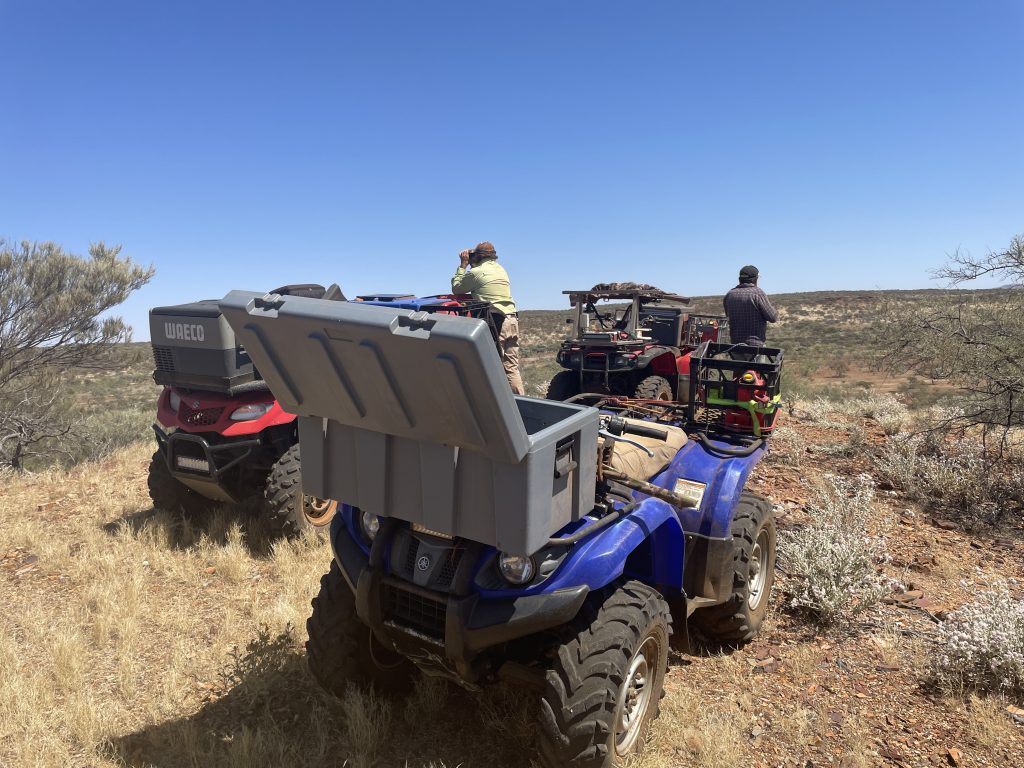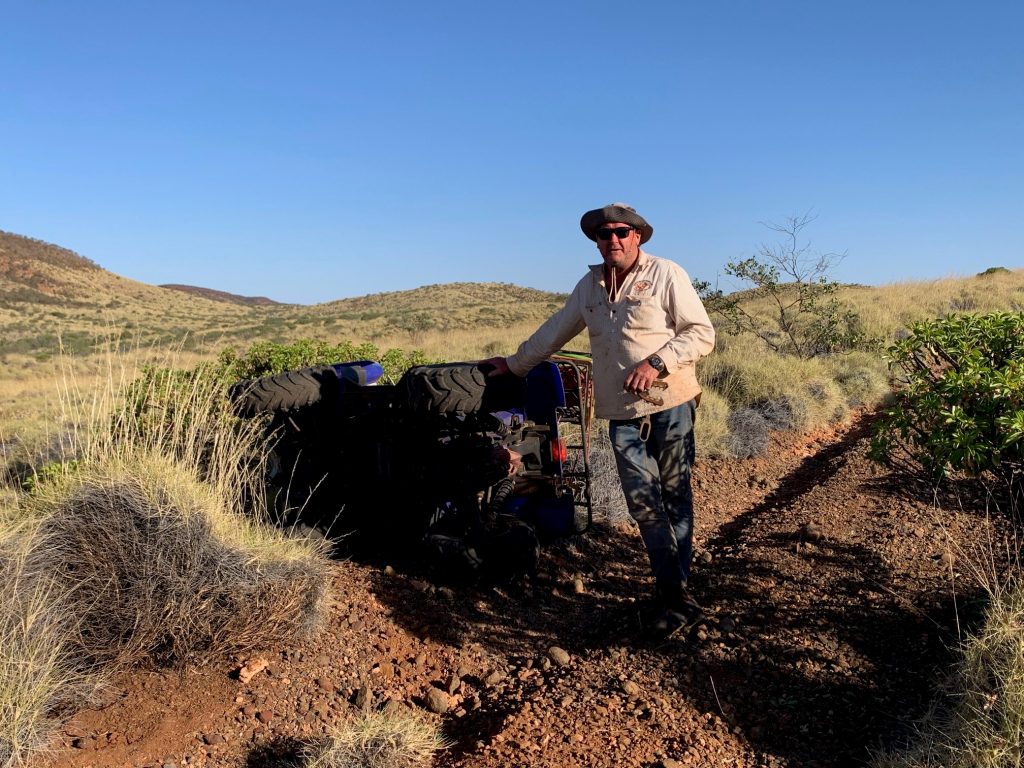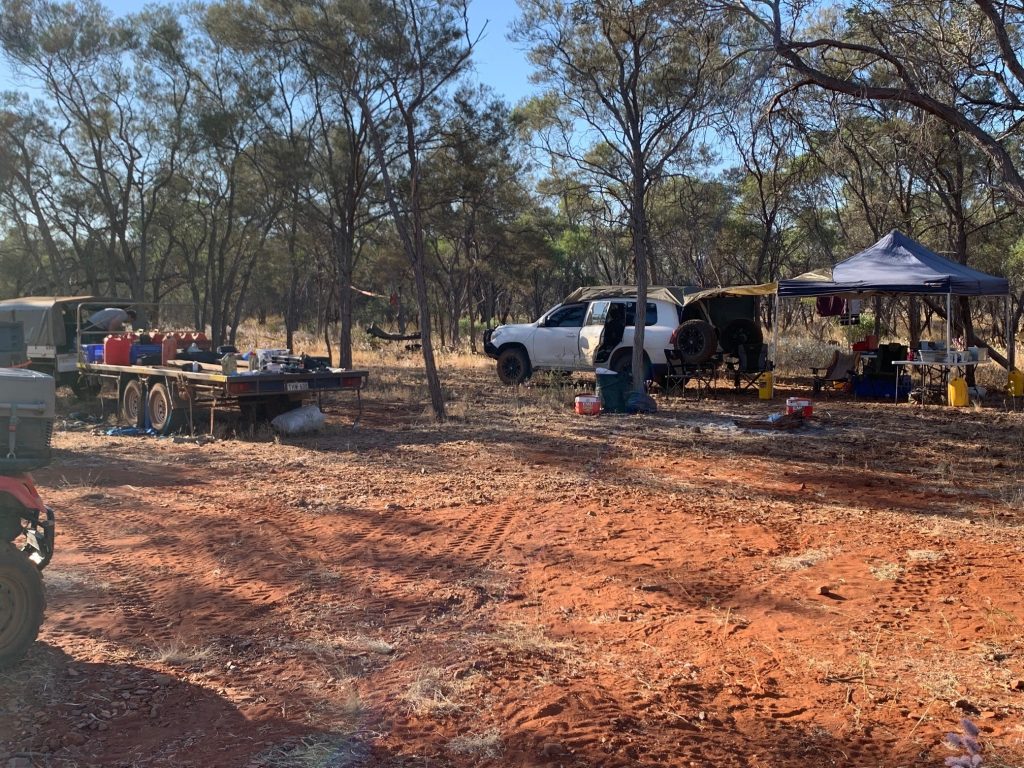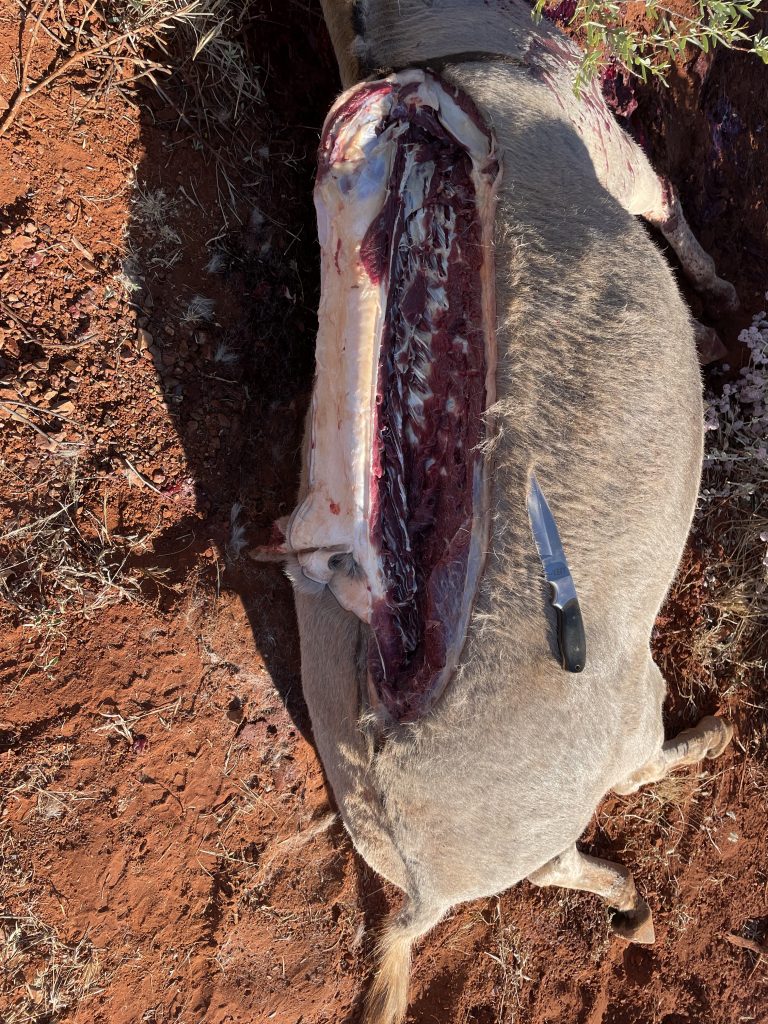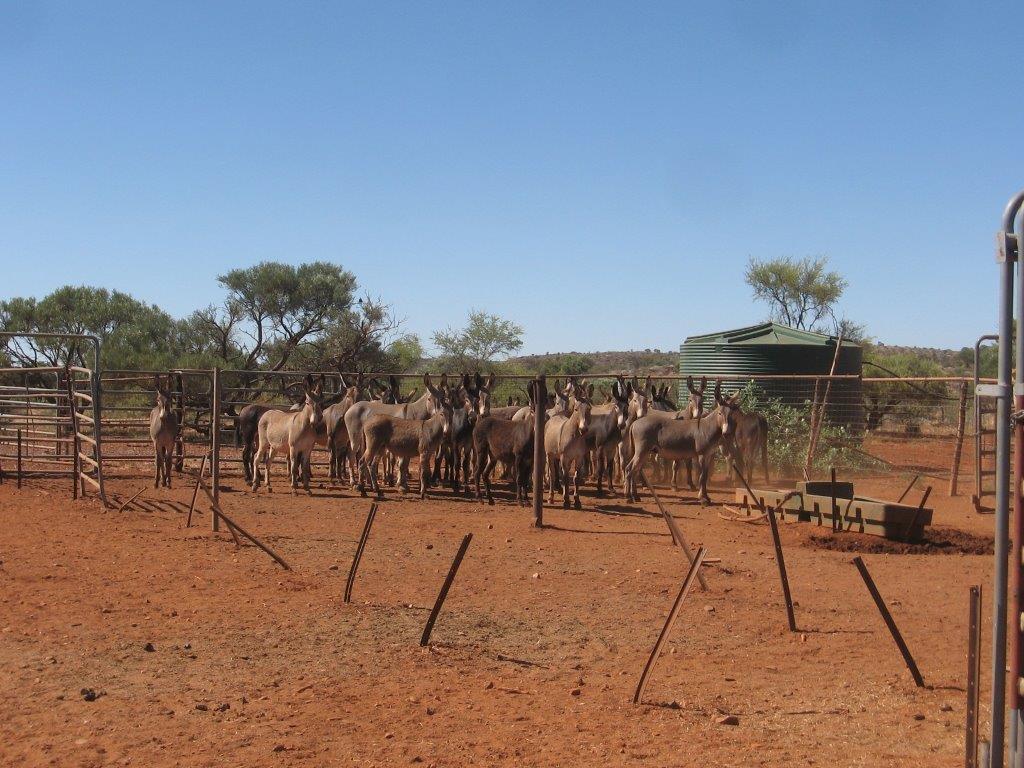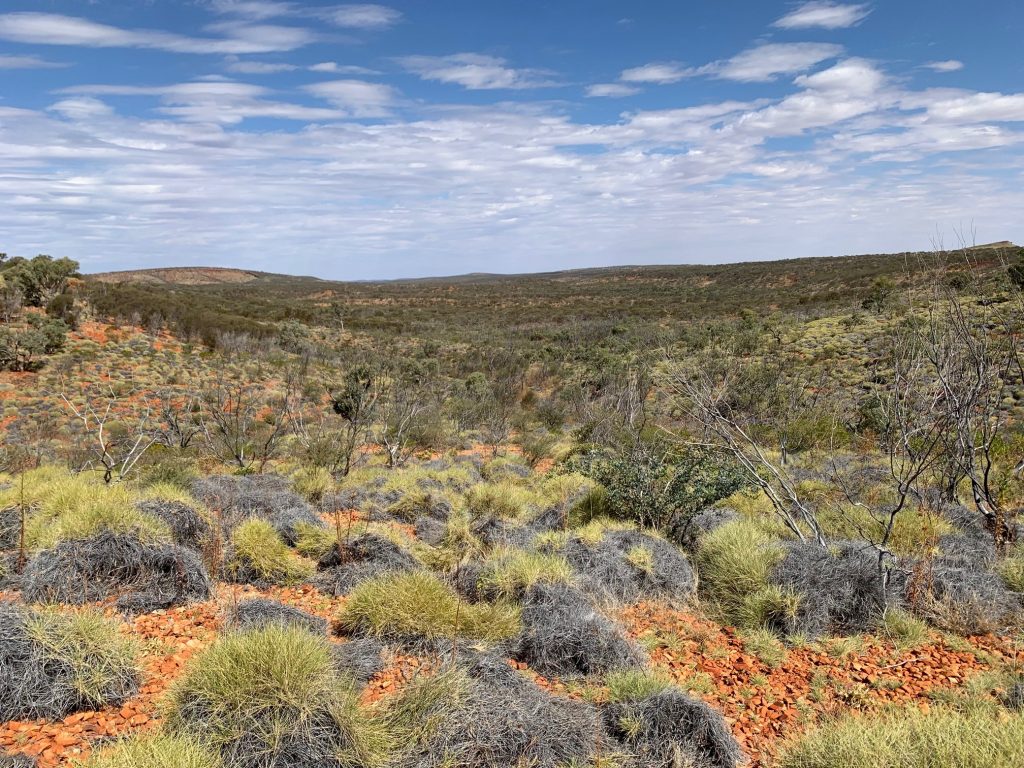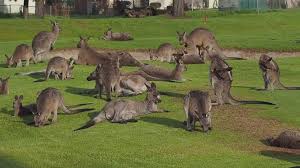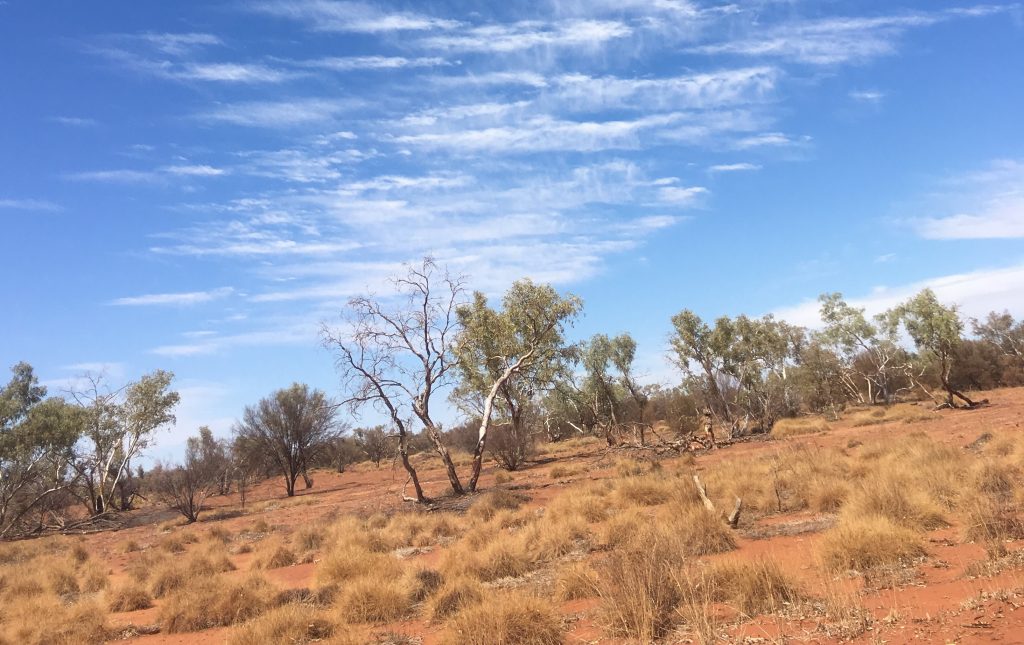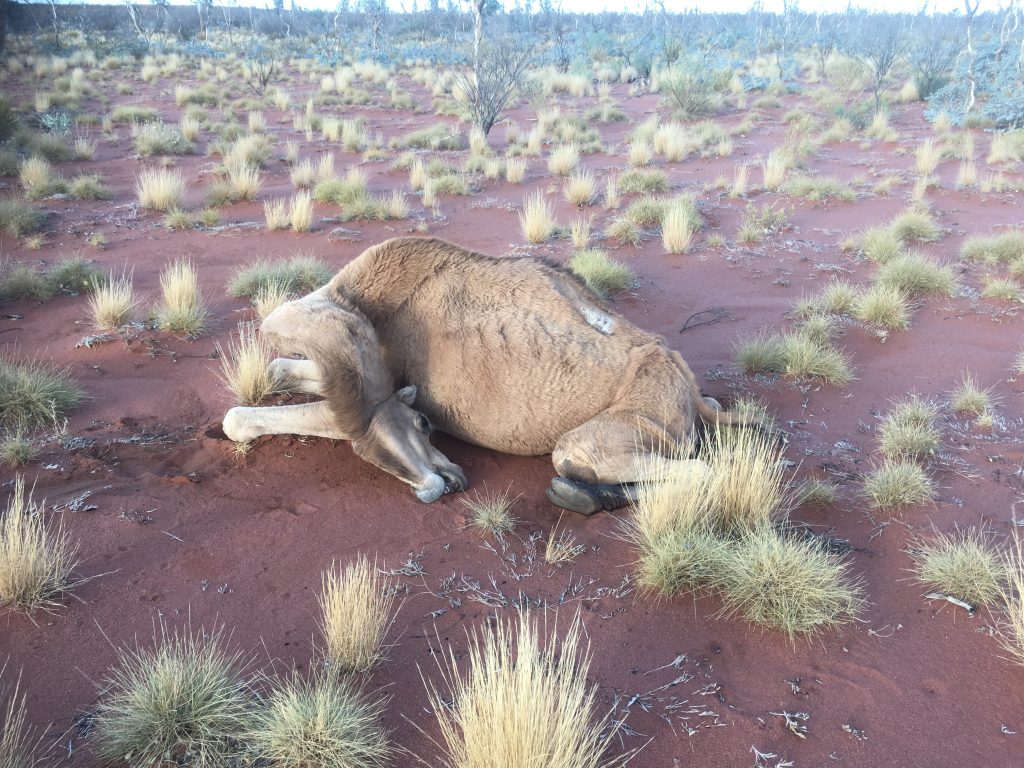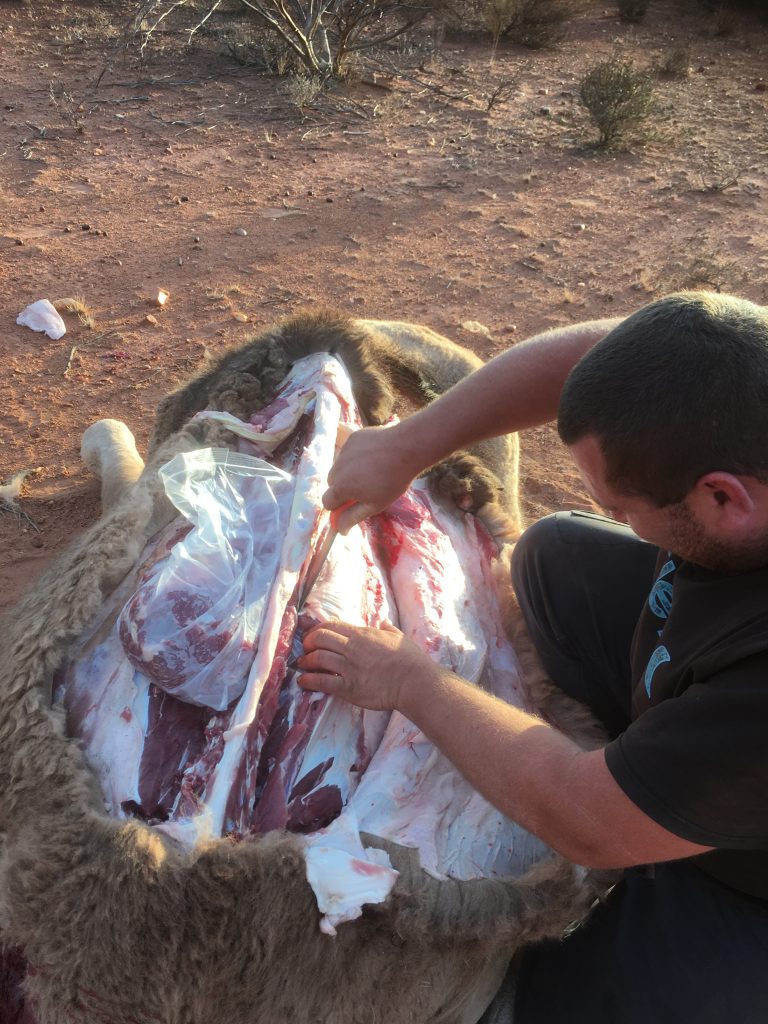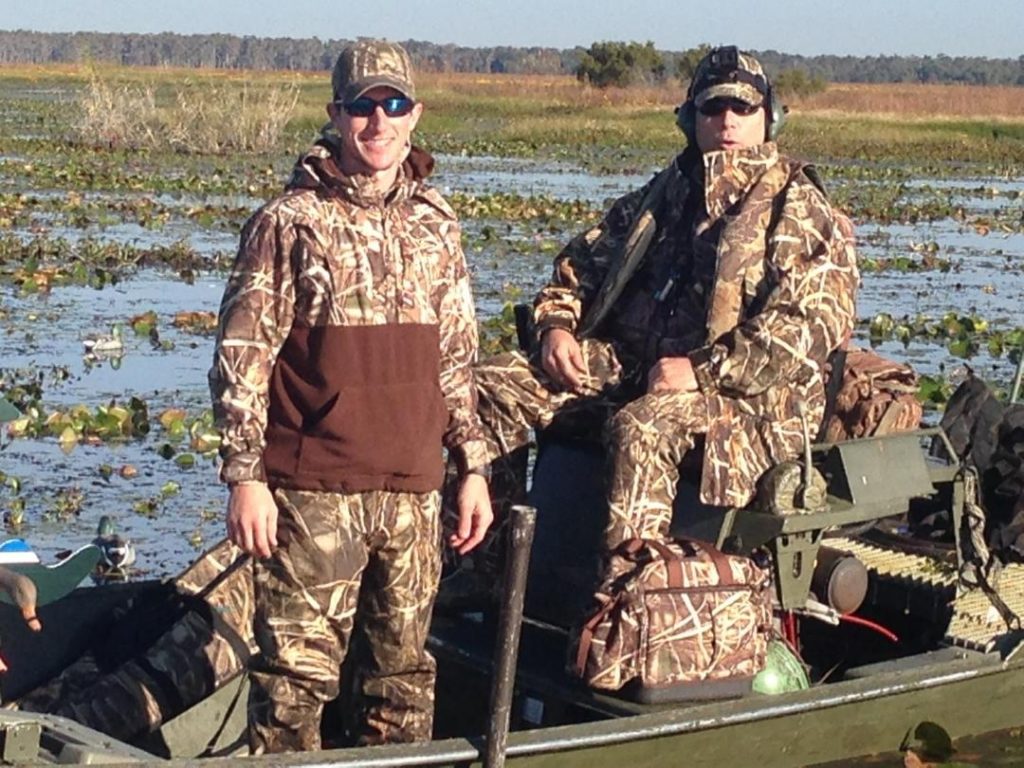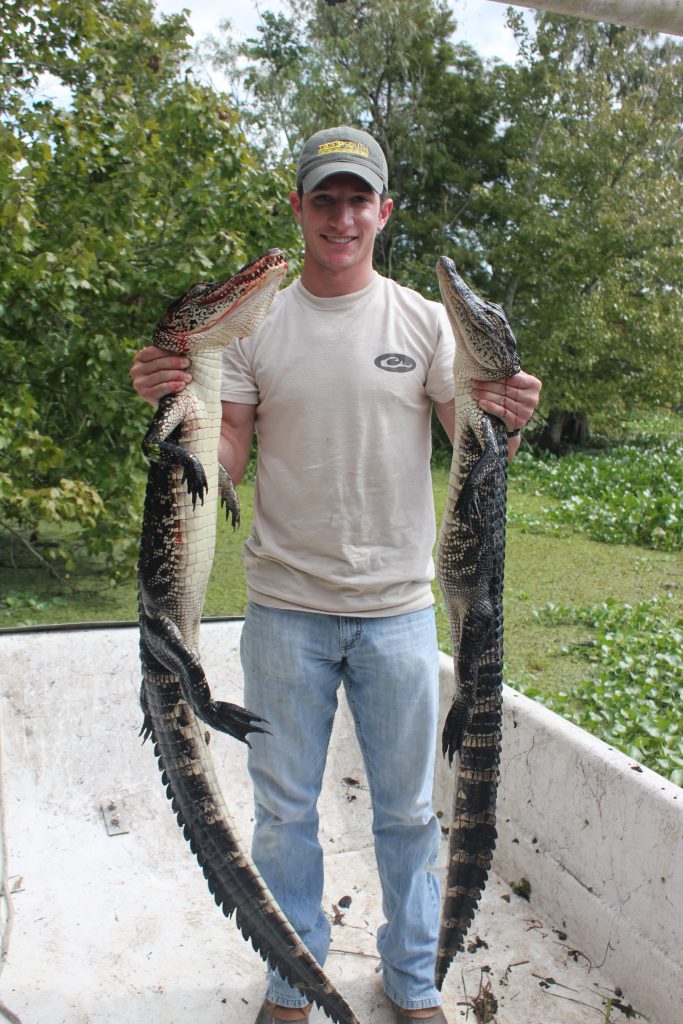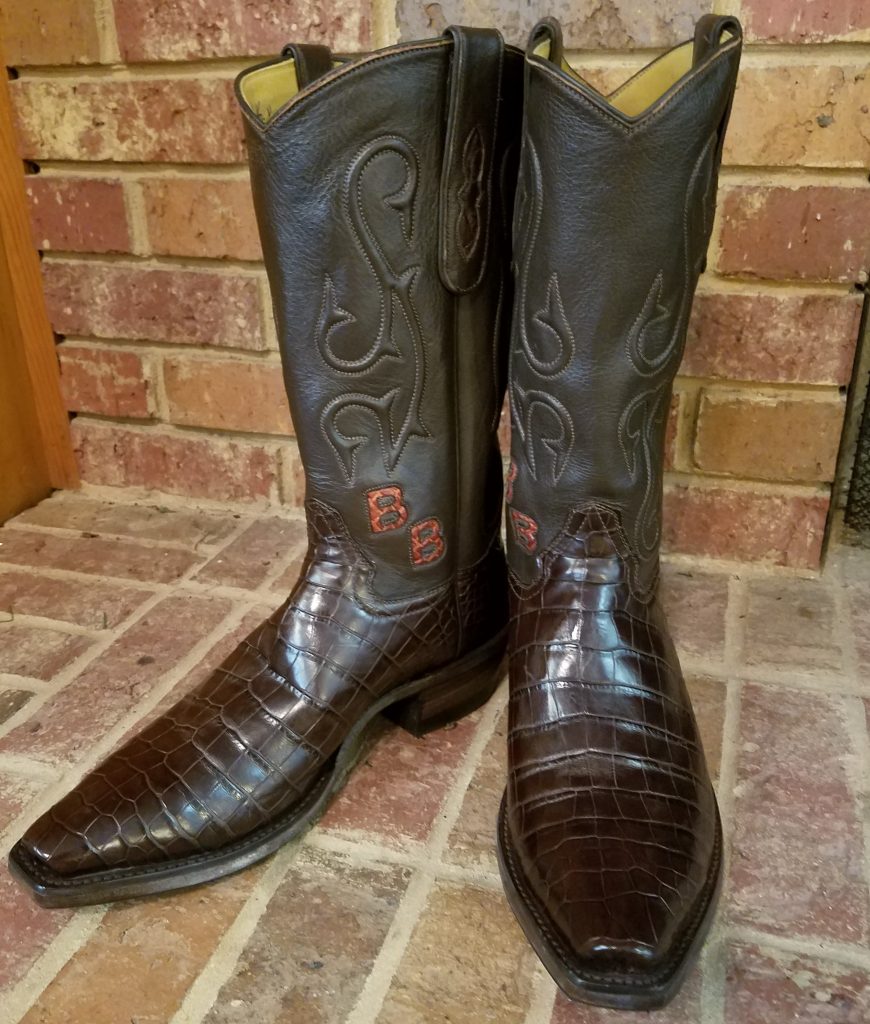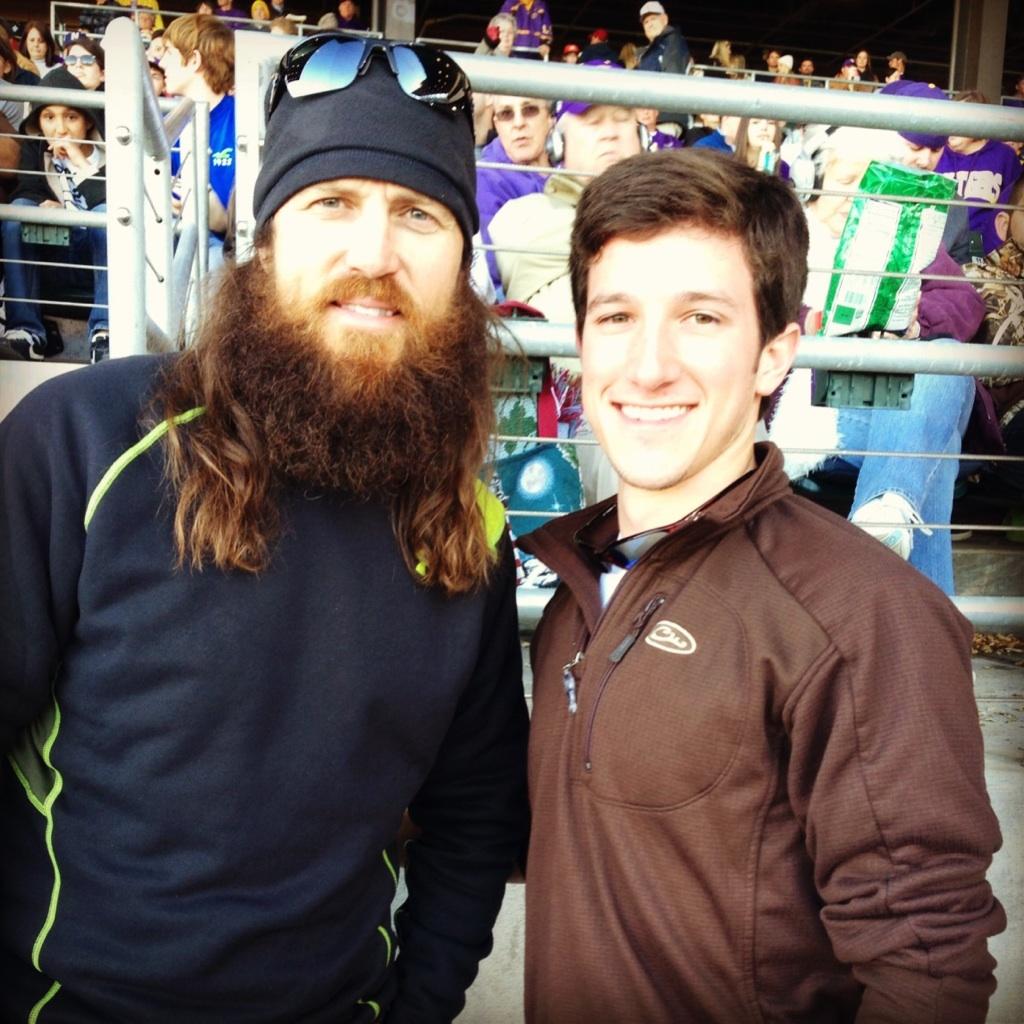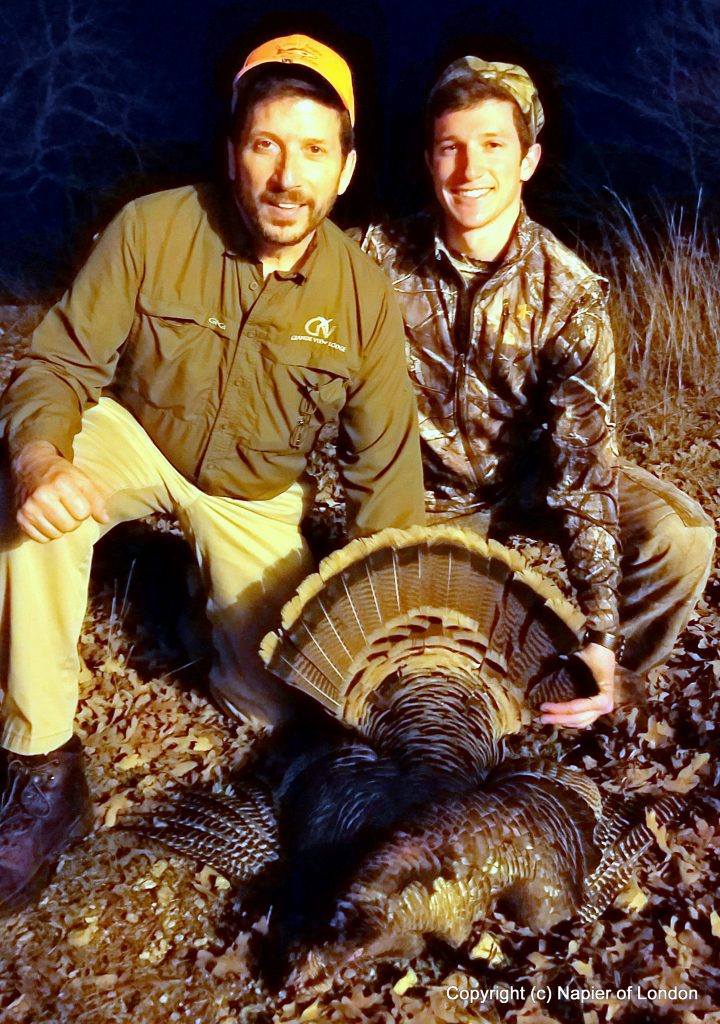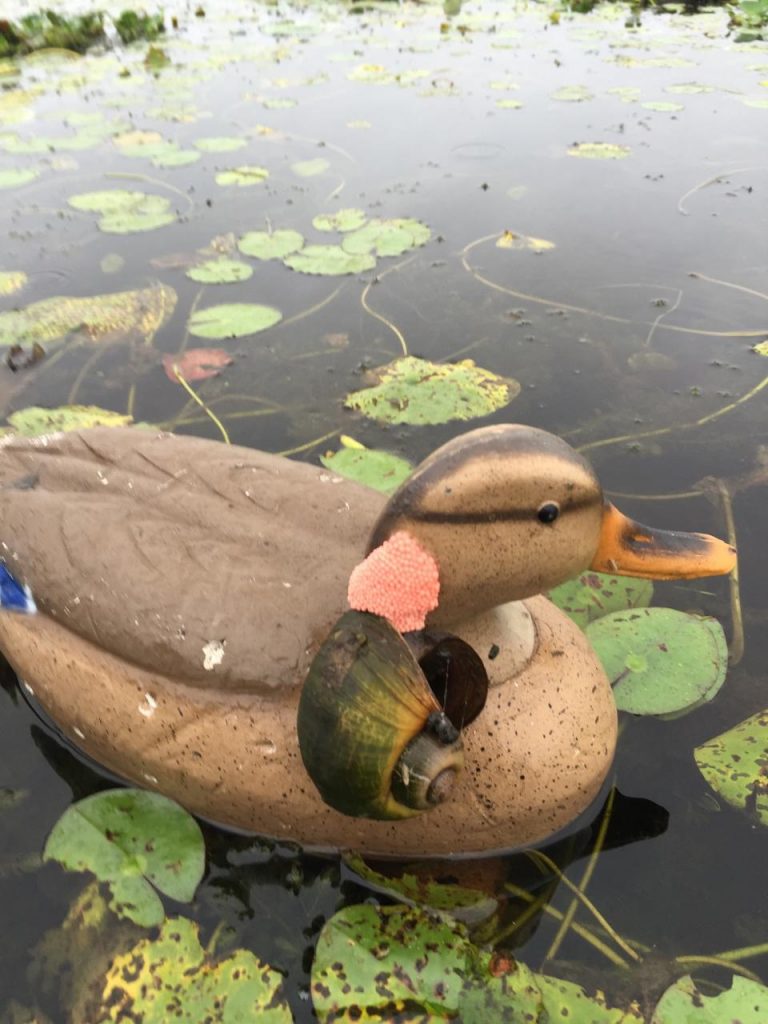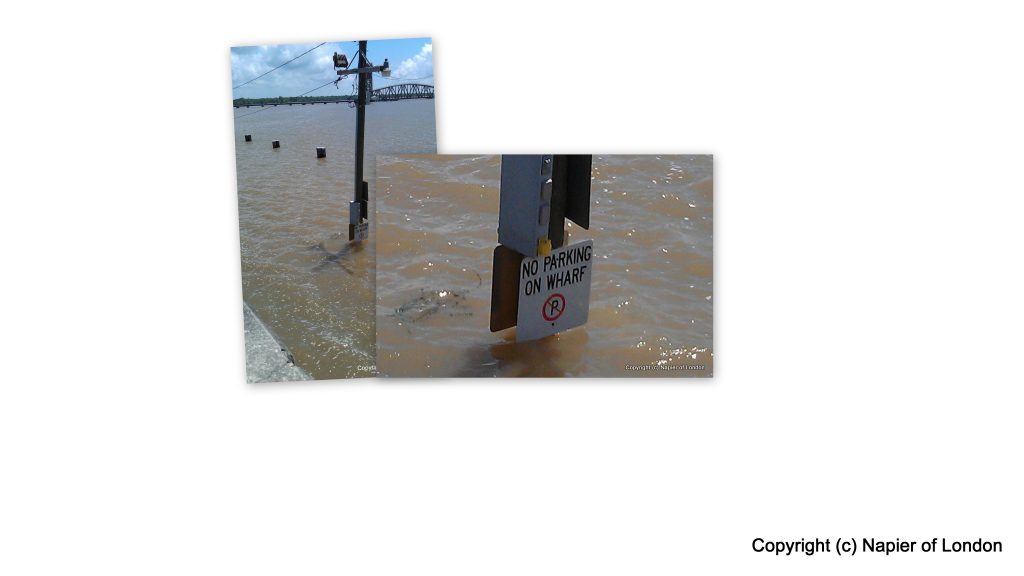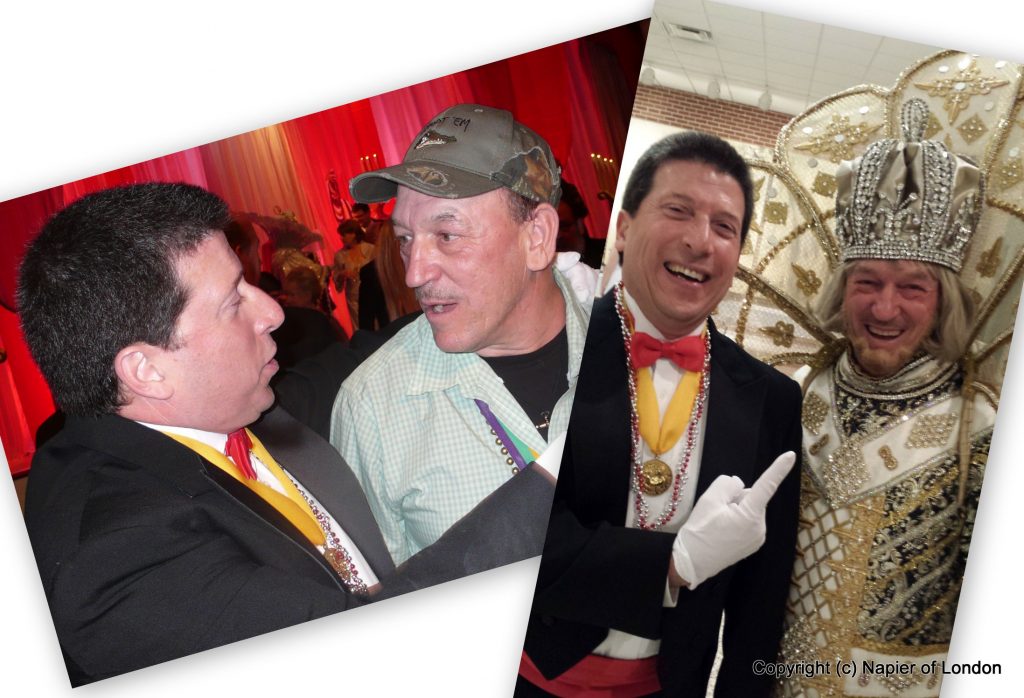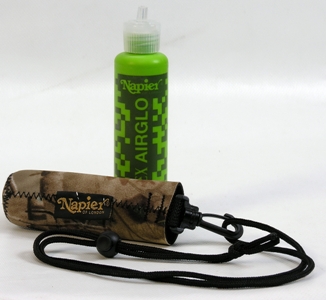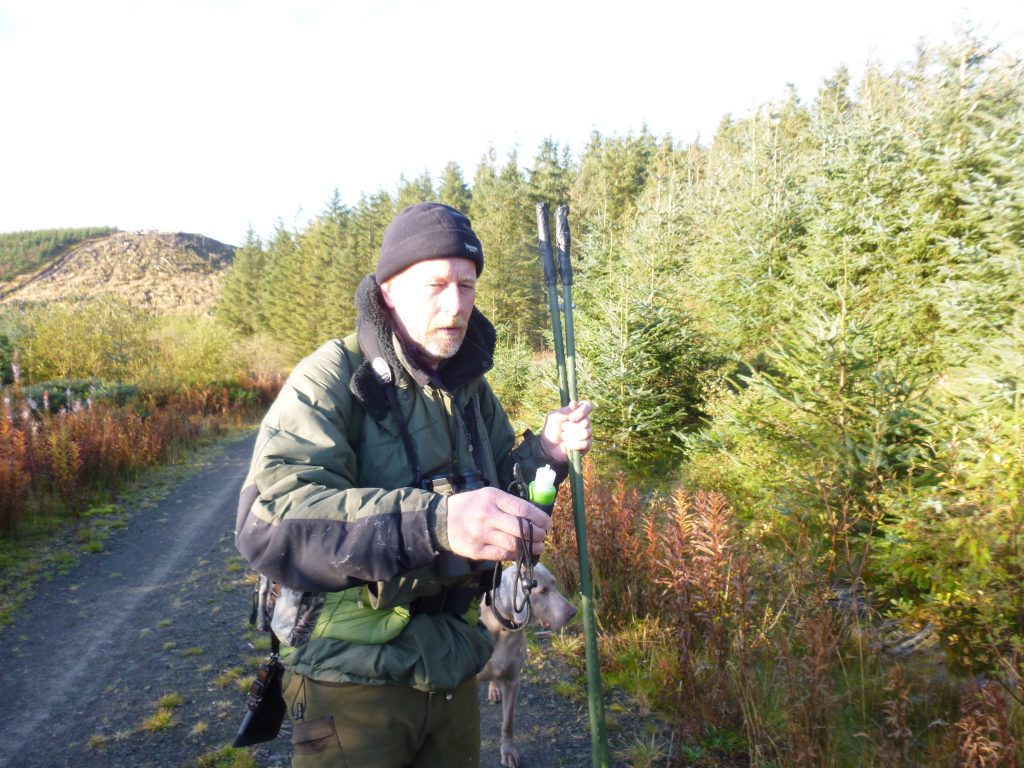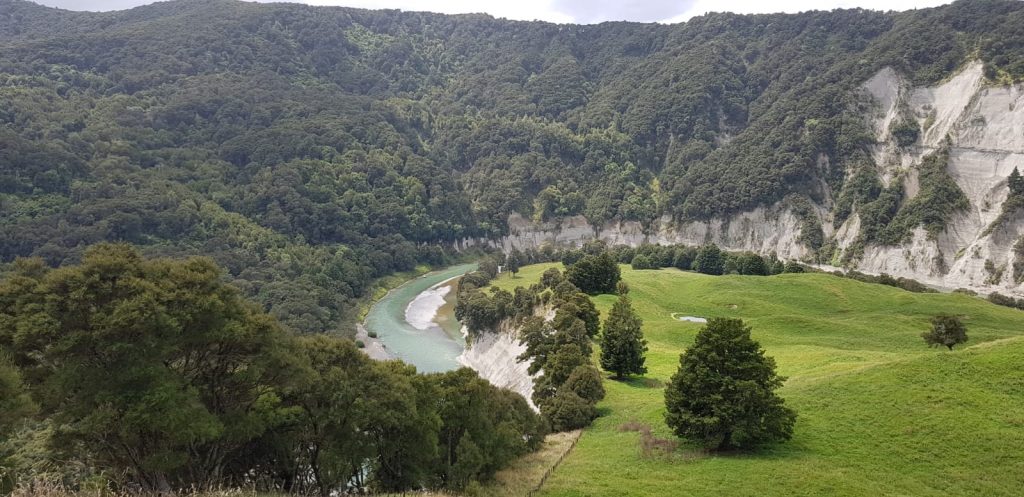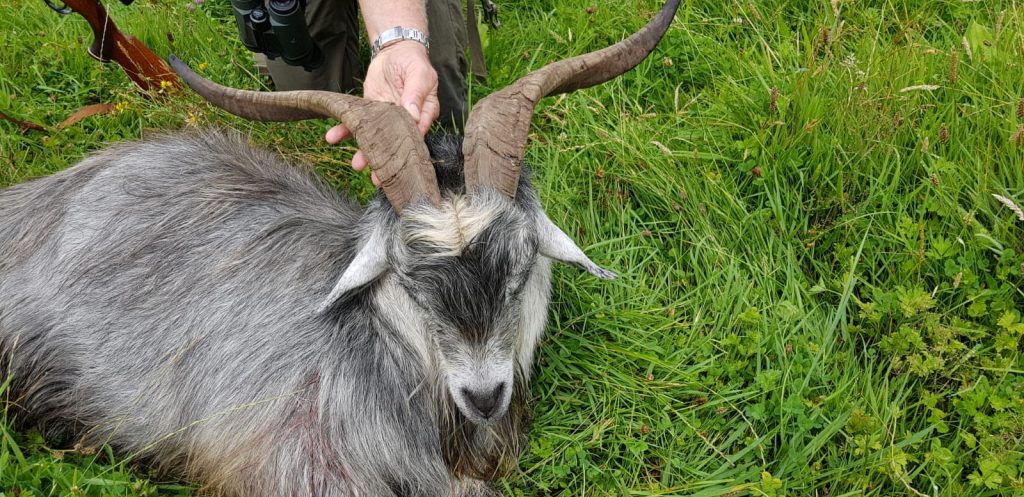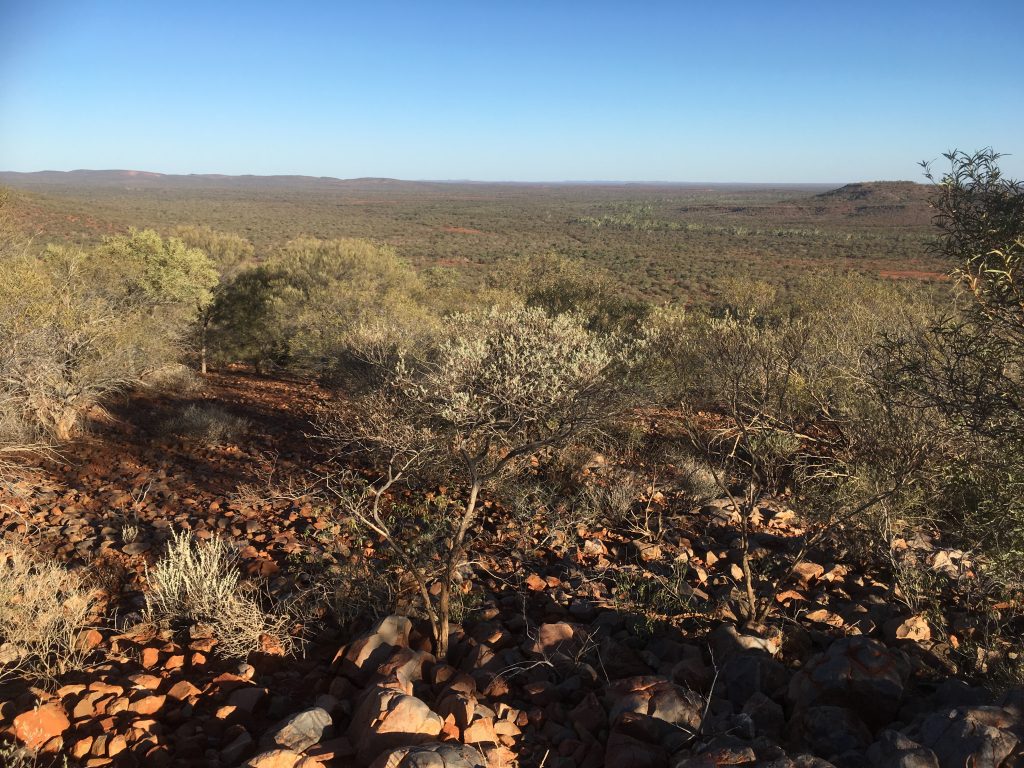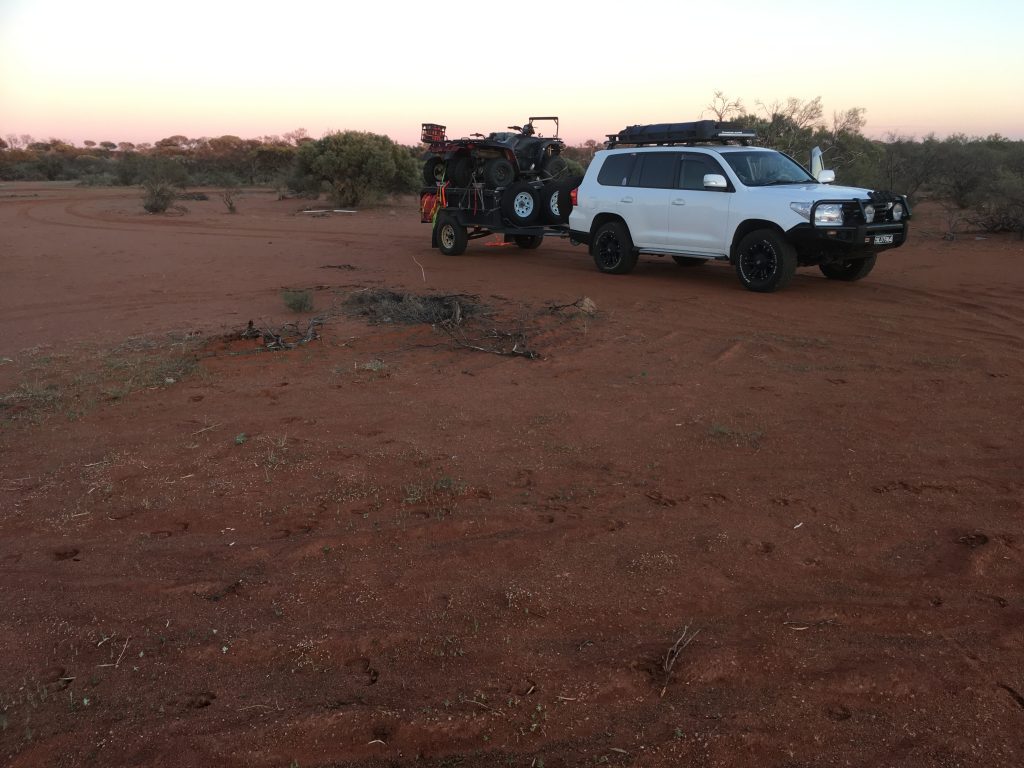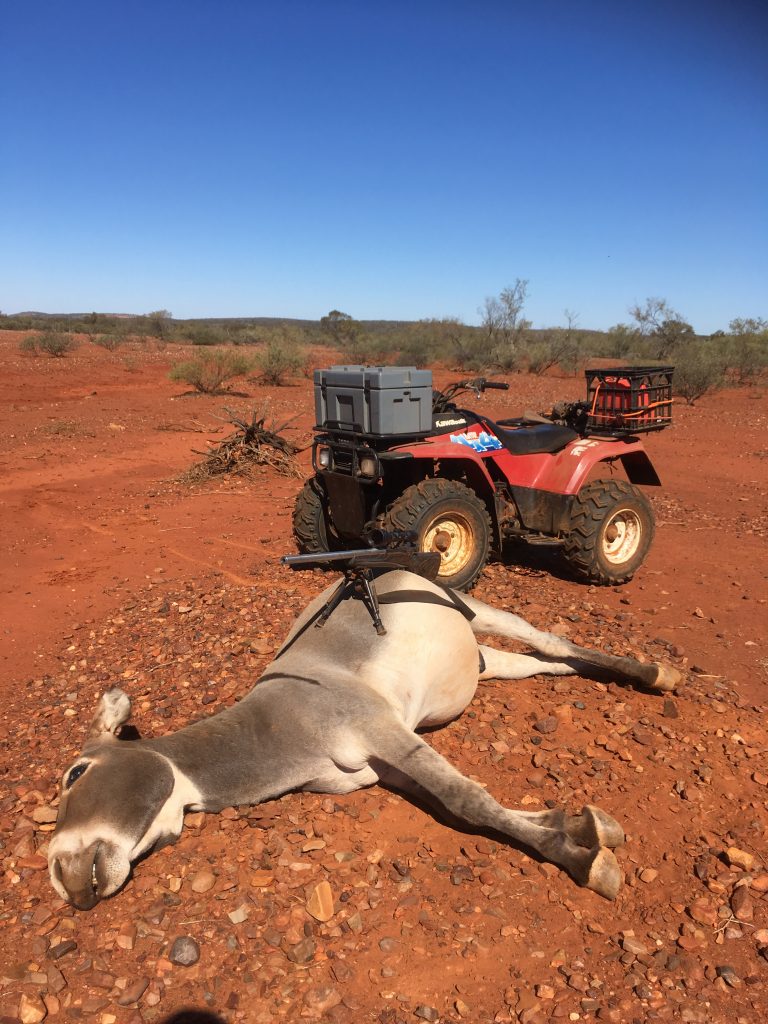Tahr were first introduced into NZ by their government in 1904, a gift from the Duke of Bedford of just 13 animals from his herd at Woburn abbey.
They are now considered a major pest and are actively culled by hunters and
DOC Cullers. Sounds familiar? remember he gave us the Reeves Muntjac in the UK!!!
It’s a world away from most UK hunters both in distance and endeavour, a tough animal in a tough terrain hunted by tough hunters. Fantastic to read, Thanks so much Bob
Steve Rowe MD Napier of London
JUNE 2020 Covid Compliant TAHR HUNT
After missing out on our usual Wapiti block in April 2020 due to strict covid 19 lockdowns we finally moved to Level 2 in JUNE.
So a Tahr hunting trip on DOC (Dept. of Conservation ) land was quickly planned and we headed for the South Island . A quick phone call to James Scott from Alpine Helicopters got a fast reply back and it was all go.
We had Baker Creek lower block on 13th JUNE for the week, most of the booking had been arranged, including ferries North to South Islands, we only had two days to travel down to the West Coast of the South Island, but at least 4 of us were going!!
SATURDAY the 13th was a great day, fine and clear. The chopper could only carry two of us plus gear at a time so two trips were made. Ben and I were in the first trip and encouragingly as we flew in Tahr were seen from Helicopter which was a great sign & after landing at camp and unloading Ben and Myself. It was immediately in the air again to bring in Pete and Greg.
More animals were sighted on that flight too, and by the time they arrived we had a great camp site almost set up. Plenty of room under a canopy of trees and all four our four tents, one to be used for cook tent.
After getting all set up it was time for are quick look around.
We took in an inflatable rubber boat to get across the main Landsborough river. Pete and I went down and blew up the boat & with a long rope stretched from one side of river to the other we were able to pull ourselves back and forth and it worked great.
Over the far side of the river there were a lot of animal signs, so we got out binoculars and had a good glass. We soon picked up a few Tahr quite a long way off, but was good to see, things looked promising.
We were all back in camp just on dark, while we were checking out the far bank Ben and Greg had gone up stream and had also seen game. So things were looking good for the week ahead.
SUNDAY DAY ONE Our first full day, Greg and Ben went across the river by boat to hunt down stream for the day while I followed up Baker Creek to the tops, Pete headed downstream on the camp side of the next creek down intending to follow me up to the tops.
It took me about three hours of hard climbing and hunting, glassing on the way & seeing animals but all too far away.
Reaching the open tops about an hour later & after a bite to eat and drink I was just quietly sitting glassing when a big bull Tahr walked out on a slip.
I looked at him for a while, checking how good he was, a big long mane and good horns, but getting out the range finder to see just how far away he was, four hundred yds! My rifle is a 7mm rem mag, with Leopold scope it has yd lines calibration so I knew the second line down was good for 350 to 400 yds.
So with a good rest I prepared and as he turned side on I fired, down he went.
Then It took me about a good half hour to get to him , & yes he was a good old bull, so a few photos followed by the skinning job. A good bull skin with head on weights about 90 pounds which is a big heavy load over steep and tricky terrain.
Back at the camp, I arrived just on dark, Pete was already there but had no luck, although he did Video some Tahr, one of which was good bull. But it was way too far for a shot and even more difficult to extract it if he had.
Greg and Ben arrived after dark having had a good day & seen Tahr not shot. So with my Bull we did end the first day with one in the camp.
MONDAY
Weather had turned to heavy rain so it was a camp morning for us all, by lunch time it started to look better so Greg Ben and Pete took off for a hunt while I stayed in camp and salted my skin.
I also cleaned up the head, Pete went over the river from the camp by our ferry boat & hunted up stream to tops. He ran into a lot of animals and took some photos to see the good bulls, but again way too far for a clean shot.
But he had a good look around the country, & found a good spot for Tahr.
Ben and Greg hunted along the river Camp side but only spotted small animals, so after a couple of hours headed back to camp.
Pete finally made it back to camp after dark and we all had good meal, and were ready for early bed.
TUESDAY We woke to heavy rain and some snow so it looked like another morning in camp, a good decision as it happens as by mid-morning we were engulfed in fog too. Quickly though the weather improved.
Ben moved up directly behind the camp to tops & GREG headed off downstream for a bit to move up there too. PETE went up Baker Creek to a waterfall and saw Tahr high up on the tops as the fog cleared.
I crossed the river in our little boat and hiked down to a big flat area, I sat there for couple of hours, glassing to see Thar come down quite low and eventually only about a hundred yards from me, but they were all small animals , & I was waiting for a decent beast so I stayed there patiently till just on dark before heading back to camp.
GREG was back but had no luck, and he had got himself very wet and cold, and that’s quite miserable, but good drop of wine soon fixed him up.
But still no sign of BEN and by now it was dark, we always carry two way radios so gave him a call at 19:00 to discover he was ok, he had shot a good bull and had a good load on board that makes for a slow trip back.
Its a good job he had very good head lamp, and he makes it out in the snow and rain quite exhausted with a 12inch bull and good skin.
WEDNESDAY woke to a bright sky with light frost and it was very cold, we had breakfast and all set off for a day’s hunt, we all went different ways & I went back up Baker Creek, Pete & Greg went across the river again. Greg stayed the camp side and he came with me to Baker Creek where we parted and he headed down-stream to some water sheds then up into open bush.
I moved up creek for about hour then cut up into some bush ,it was very open some signs of animals here and there then just as as I was getting to the tops I spooked couple of animals, as the wind was all over place.
I got to a good look out spot, so had a good glass about and after about an hour picked up a mob of Tahr but way in the distance.
.
Then I got the midday call from all the boys to say they were on to Tahr, but nothing shot yet.
I gave it another hour then headed off back down through the bush, hunting as I went, I got down about half hour from the Main river and just broke out of the bush to look across Baker Creek .
Standing there looking at me was a big bull Tahr, we both were face to face looking at each other for a few seconds but by the time I got set for a shot he disappeared!!! bugger but that’s hunting.
I got out the range finder to discover he was only fifty yards from me, I sat there till dark but he did not show himself again. SO Back to camp.
Pete and Ben were already there and Greg came in about half hour later, he was the only one to score one young bull that day, a good skin, which he wanted for a floor rug so very happy.
We all had good tea then off to bed.
THURSDAY Yes our last full day hunting, rain and strong winds, bloody cold too with ice and snow in the air, we were all feeling very brave so we stayed in bed.
I eventually got up and served the boys breakfast in bed, the weather looked better about lunch time so all put on wet weather gear and went for our final jaunt. Ben and I went across river, Pete and Greg up in the bush behind the camp. I edged down river to a big flat area for glassing & sat in a good spot out of the worst weather, Tahr seemed to be on the move, I saw about fifteen animals but just one good, big looking one, it was hard to get good look at his horns as the range was about three hundred yards.
Ben came down to meet me and he checked out the Tahr and it was decided that I should shoot him, but by that time he was getting further away up hill, time was getting on and not far off dark so we called it a day and left him to get bigger. If I had known then that the DOC were going to shoot all the Tahr from helicopters only to just leave them, maybe I would have taken that shot, I hope he still lives.
Back to boat and across the river, It did a great job transporting us safely so it was deflated and carefully packed up for extraction by the helicopter at 10am in the morning.
FRIDAY all packed up, gear pulled down, tents stowed and had good final clean up, nothing left behind. Chopper arrived on time and with two trips we were back on our way home. Looking forward to being reunited with my new Labrador Pup, Judy. Great Memories and looking forward to the next trip.
Bob Spain
